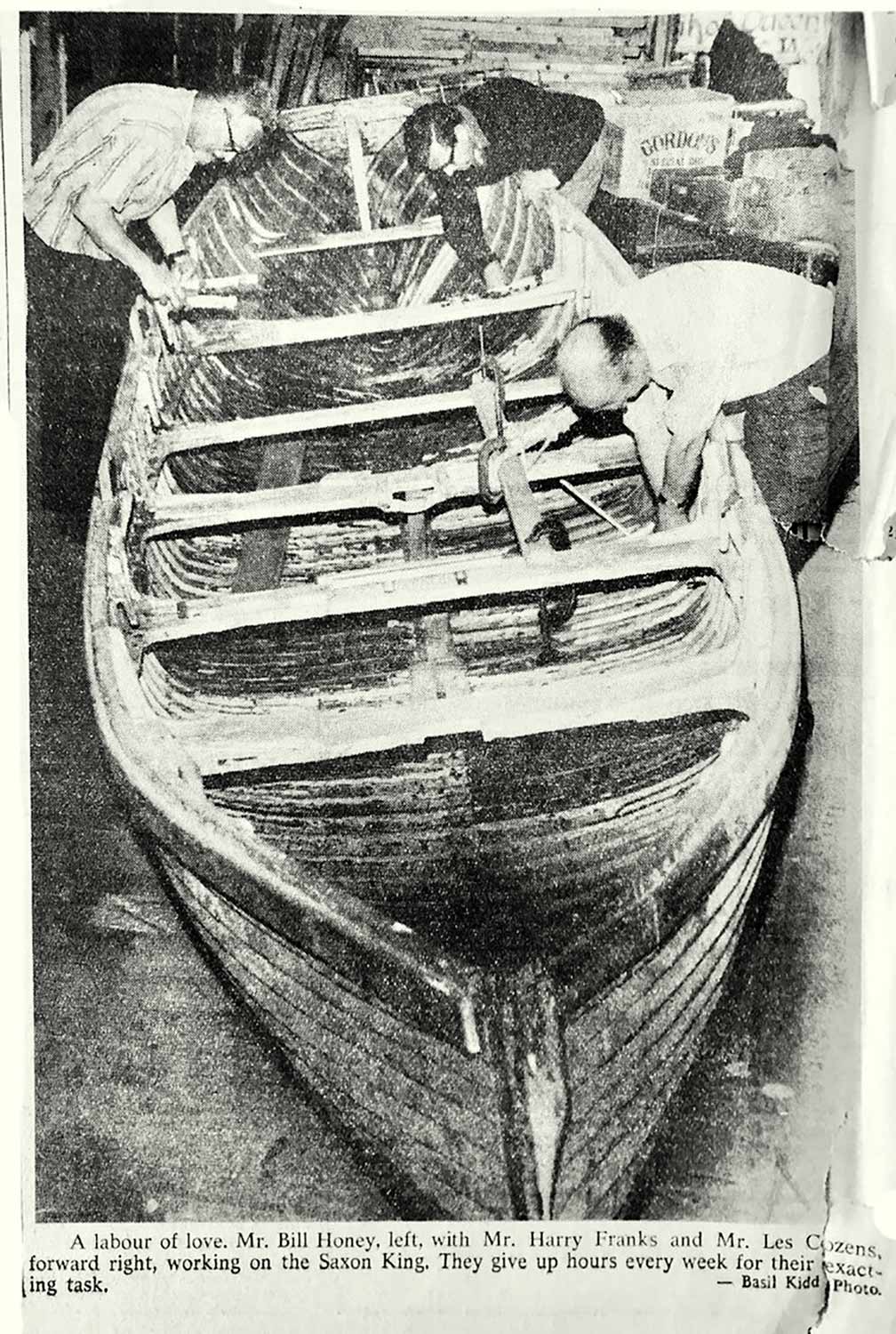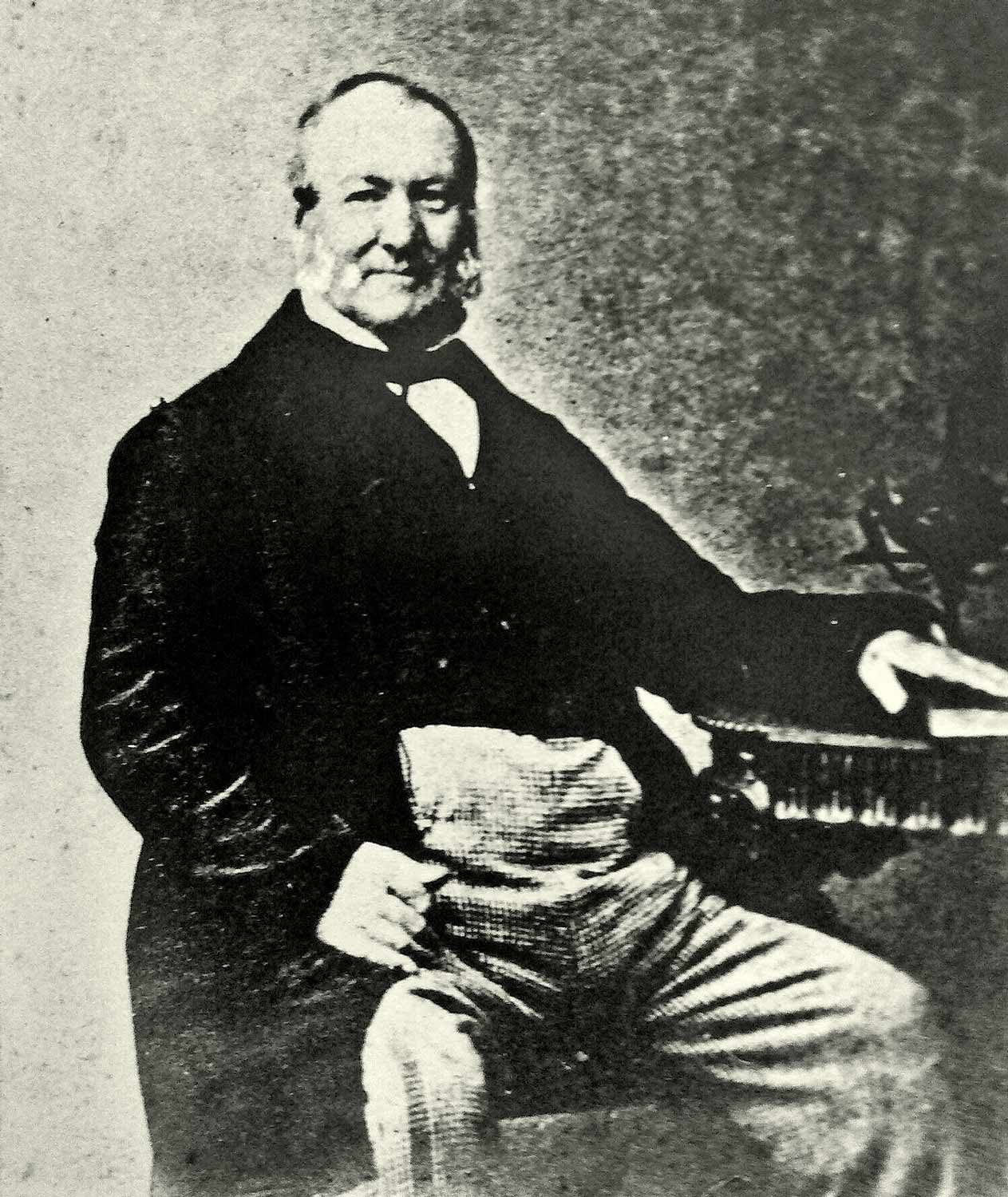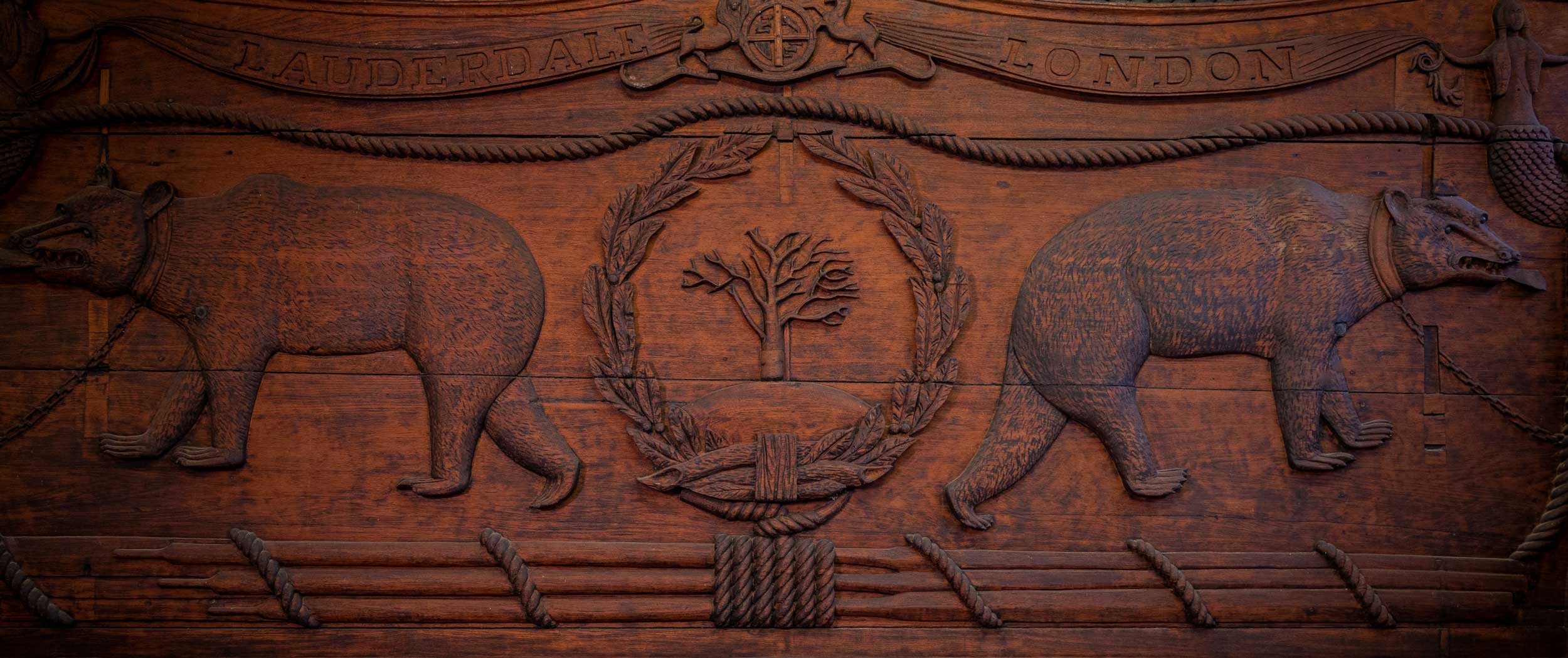
The Saxon King is housed in the Museum’s downstairs Maritime Gallery.
From the East Kent Mercury newspaper, Thursday, July 23rd 1970
ENTHUSIASTS WORK TO SAVE PRICELESS CRAFT
“A Deal galley – one of the most famous beach craft in this island’s maritime history – is being preserved for posterity. A small band of enthusiasts are at work on the to a fine breed of longshoremen.
‘In a large building tucked well away in that labyrinth of narrow streets that constitutes North Deal this week I came across three members of the Deal and Walmer Local History Society working on the Saxon King.
‘The Saxon King is a fine example of a Deal galley and was owned by Freddie Upton, the internationally famous former-cox’n of Walmer lifeboat.
‘Built at the turn of the century, the sleek craft has a fine history of work in the Downs and of rescues on the seas around the dreaded Goodwin Sands.
‘But, alas, the once proud craft has fallen into disuse, and decay has become apparent in her timbers. Had it not been for the Deal and Walmer Local History Society the galley would have become, as the seafarer says, a total loss.‘Instead, within a matter of months, the Saxon King will be restored to her former glory and will, no doubt, be the envy of those who delight in matters maritime.
‘When, as the History Society hope, Deal Town Council put the craft on permanent display, she will become on object of world-wide interest.
‘The men behind the restoration of the Saxon King are Mr. Harry Franks, of Middle Street, Deal, the Society chairman; Mr. William Honey, Society treasurer, who lives in Sandown Road, Deal, and Les Cozens, a sheet metal worker, who lives in Canute Road, Deal,
These three are giving hours of ..[their time]‘When I penetrated the gloom or their workshop I found the three of them hardly pausing from their labours as they tenderly restored the slender lines of the galley, which has buckled with the passing of time.
Here was the same intense concentration that there is, I imagine, at a heart transplant operation. And, indeed, this operation is something like that.
‘Harry Franks, Bill Honey and Les Cozens are putting the heart back into the Saxon King. They are working in ash, which is hard to obtain.
‘But their perseverence unearthed some stored by an old hurdle maker deep in the rural district.
One of their big tasks will be the replacing of the transom and stern post, using good old British oak.
Saxon King, 28 feet long and with a five feet two inch beam, is at present painted in an odd blue.
One of the tasks is to restore her to the original and natural varnished state.‘Bill Honey told me: “This craft is priceless. Her value cannot be enumerated in pounds, shillings and pence.
“We spend two evenings a week working on her. We put in three or four hours at a time, but we have months or work ahead of us.’ Saxon King is one of two Deal galleys still extant. The other is Undaunted, owned by popular Deal boatman, Bailey, and to be found on the beach just south of Deal pier.”





